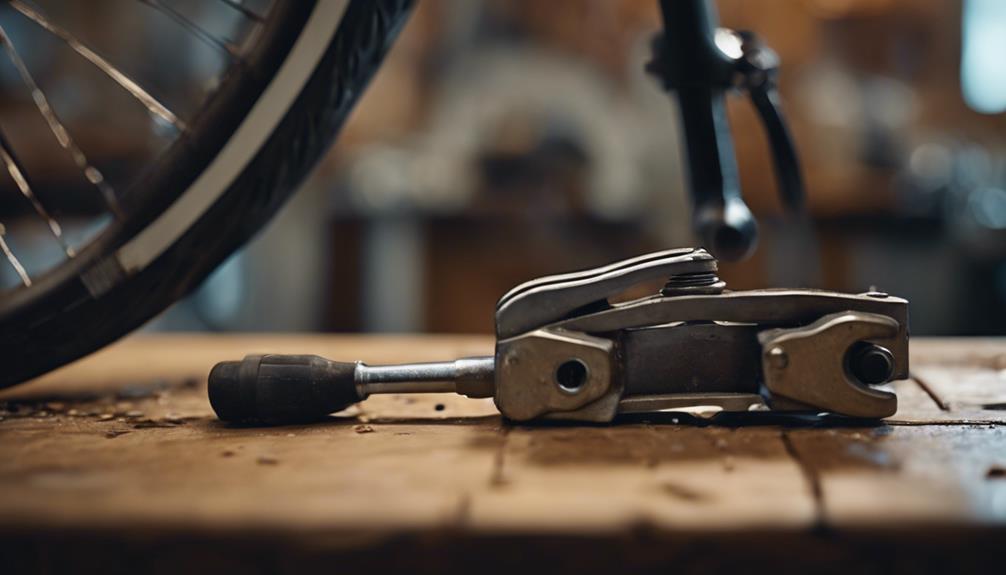Are you in the market for a new bike? With so many options available, it can be overwhelming to find the right one that fits your lifestyle and preferences. Whether you’re a casual rider, a mountain biking enthusiast, or a commuter looking for efficiency, this guide will help you understand what to look for when selecting a new bike. Let’s dive into the essential factors that will make your bike shopping experience easier and more enjoyable.
Understanding Your Riding Style
Before making any decisions, it’s crucial to identify your riding style. Are you planning on using your new bike for leisurely rides around the park, intense mountain trails, or daily commutes to work? Understanding your riding intentions will help narrow down the types of bikes suitable for you. For instance, if you’re looking for a bike for fitness and recreation, a road bike or hybrid may be ideal. On the other hand, if you’re an adventure seeker, a mountain bike with durable tires and suspension would be more appropriate.
Choosing the Right Bike Type
Once you have a clear idea of your riding style, the next step is to choose the right bike type. There are various categories of bikes, each designed for specific purposes. Road bikes are lightweight and built for speed, making them perfect for long-distance rides on smooth pavement. Mountain bikes, equipped with robust tires and suspension systems, are designed to handle rough terrains. If versatility is what you need, consider a hybrid bike that combines features from both road and mountain bikes. Additionally, if you’re looking for convenience, electric bikes (e-bikes) are gaining popularity for their ability to assist with pedaling, making longer rides more manageable.
Determining Your Budget
Setting a budget is essential when shopping for a new bike. Bikes can range from budget-friendly options to high-end models equipped with the latest technology. Determine how much you are willing to spend and stick to that figure. Remember that, in addition to the bike itself, you may also need to budget for accessories such as helmets, lights, locks, and maintenance tools. It’s advisable to invest in a quality bike that fits your budget, as it will likely last longer and perform better than cheaper alternatives.
Finding the Right Fit
Finding the perfect fit is crucial for comfort and performance. A bike that is too big or too small can lead to discomfort and even injury over time. To ensure the best fit, visit a local bike shop where you can test ride different models. When trying out a new bike, pay attention to the height of the frame and the reach to the handlebars. A general rule of thumb is that you should be able to stand over the frame with a few inches of clearance. Additionally, your arms should be slightly bent when reaching for the handlebars, and your legs should extend comfortably when pedaling.
Considering Bike Features and Specifications
When shopping for a new bike, it’s essential to consider various features and specifications that can enhance your riding experience. Look for bikes with quality components, such as gears and brakes, as these can significantly affect performance. If you plan to ride in hilly areas, you may want a bike with a wider gear range. Additionally, features like suspension systems, tire width, and frame materials should be taken into account. For example, carbon frames are lightweight and strong, while aluminum frames are more affordable and durable. Evaluate what features are most important to you based on your riding style and preferences.
Testing Before You Buy
Never underestimate the importance of test riding a bike before making a purchase. A bike may look perfect on paper, but how it feels can be entirely different. Most bike shops will allow you to take a bike for a spin around the block or on a designated test route. During the test ride, pay attention to how the bike handles, its comfort level, and any potential issues like squeaks or rattling. Testing allows you to make an informed decision, ensuring that you find a new bike that you will enjoy riding for years to come.
After Purchase: Maintenance and Care
Congratulations on your new bike! However, the journey doesn’t end once you make your purchase. Proper maintenance and care are essential to prolong the life of your bike and keep it performing at its best. Regularly check tire pressure, clean the chain, and inspect brakes and gears for wear and tear. Consider scheduling periodic tune-ups at your local bike shop, especially if you ride frequently or in harsh conditions. Additionally, store your bike in a safe, dry location to prevent rust and damage. By investing time in maintenance, you’ll ensure that your new bike remains in excellent condition for many rides to come.
Conclusion: Make the Right Choice for Your New Bike
Choosing the perfect new bike involves understanding your riding style, selecting the right type, setting a budget, and ensuring a proper fit. By considering the bike’s features and taking the time to test ride before purchasing, you’ll be well on your way to finding a bike that suits your needs. Remember to prioritize maintenance and care to keep your bike in top condition. Whether you’re riding for leisure, fitness, or commuting, the right new bike will enhance your experience and provide countless enjoyable rides ahead.
